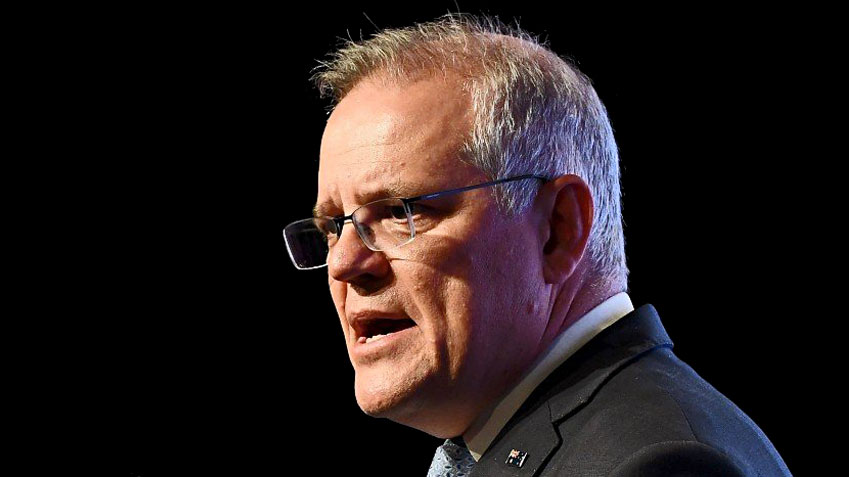Beyond the deficit – Everything you need to know about the budget
While all the headlines are dedicated to the ballooning budget deficit, tax cuts and a departure from the traditional “balance the budget” approach of the Coalition, there were a number of positive takeaways for both older and younger Australians. The announcements have increased the flexibility and attractiveness of both the superannuation and self-managed super fund sector without hitting the budget bottom line.
Before diving into the changes to superannuation, it is worth noting the unexpected continuation of the Low and Middle Income tax Offset, which offers a reduction of up to $1,080 in tax for low- and middle-income earners. The same cohort will also benefit from an increase in the threshold for the Medicare Levy, which now applies to those earnings above $23,226 as singles and $39,167 as a couple.
Work test abolished
Among the most significant news was the announcement that the government will now allow individuals aged between 67 and 74 to make or receive non-concessional or salary sacrifice contributions without meeting the “work test.” The previous age limit of 65 had been increased slightly, but this announcement clearly adjusts the sector for the fact that many people are working well into their “retirement” years. Contributors will still need to be under the $1.6 million total super balance cap (more below). Personal deductible contributions will still require the work test to be met.
Downsizer contribution expanded
The government announced that the Downsizer contribution, through which those who sell their long-held homes are able to contribute the proceeds to super outside of the normal caps, will be extended to those 60 years and over, not 65 as it was before. It is hoped that this will provide more housing stock to the market, but it will not apply until 1 July 2022.
Contribution caps increased
As highlighted in our earlier article the tax-exempt transfer balance cap will be increased to $1.7 million from 1 July 2021 along with the major contribution caps. Concessional contributions of up to $27,500 will be allowed, as will non-concessional contributions of $110,000 per year. This has all been powered by the indexing of the original caps introduced in 2017.
Pensions return to normal
The 50% discount to minimum pension drawdown requires allowed due to COVID-19 will cease from 1 July 2021, reverting to normal levels, while the Super Guarantee rate will increase to 10%.
The end of TAPs
In a long-lobbied-for change, the government will from 1 July 2022 allow individuals to exit a range of legacy retirement products for a period of two years. These will included market-linked, life expectancy and lifetime products in SMSFs and issued directly by corporates. Many of these were established during a short loophole period in 2007 to 2008, with the changes allowing superannuants to move into more flexible, modern options.
Residency requirements reduced
The final change of note was the decision to relax residency requirements for SMSFs and small APRA funds by extending the central control and management test from two to five years, and removing the need to have an “active member” in Australia. The change will allow contributions to continue for those who decide to work overseas and will mean that SMSFs now match the flexibility of industry super funds.
First home super saver scheme increase
The government has announced an increase to the amount accessible from super under the First Home Super Saver Scheme from $30,000 to $50,000 from 1 July 2022.
To summarise, it was a great budget for superannuants and retirees, despite having no real impact on the bottom line for the government or investors.









